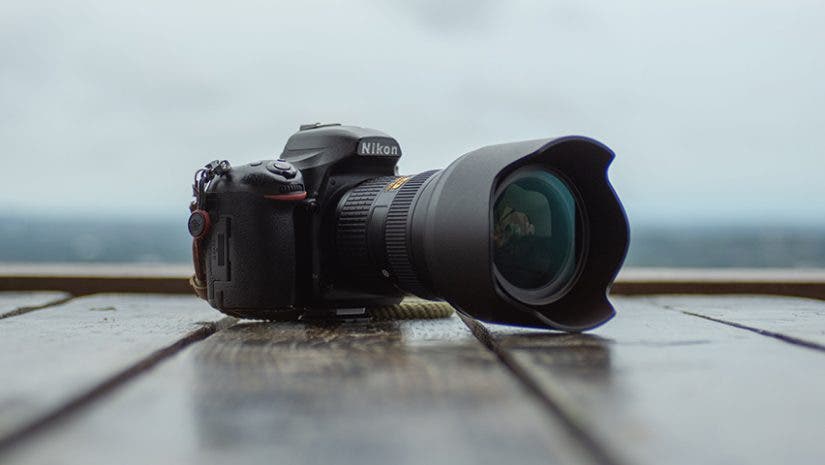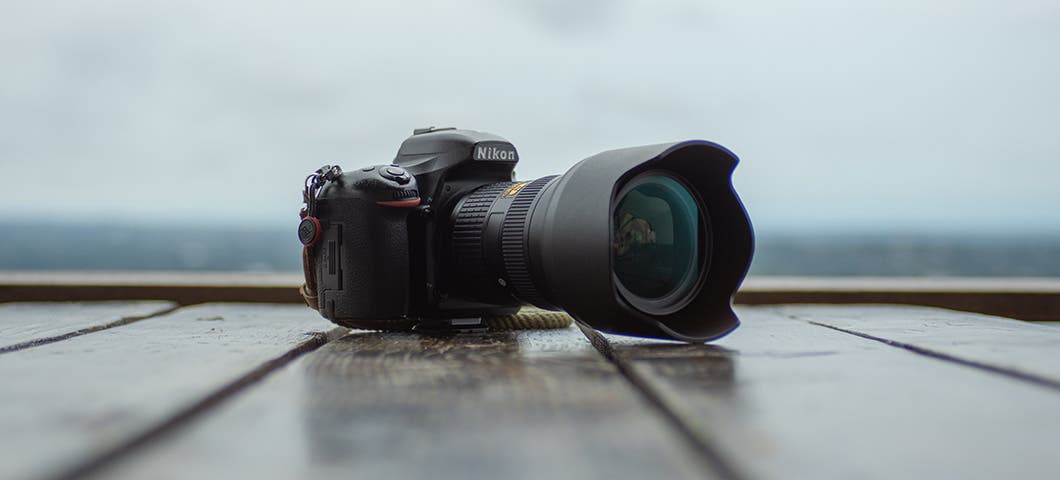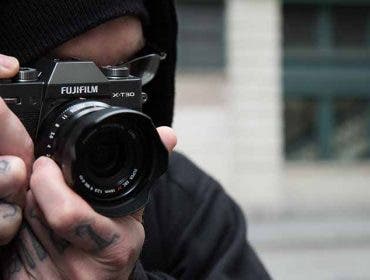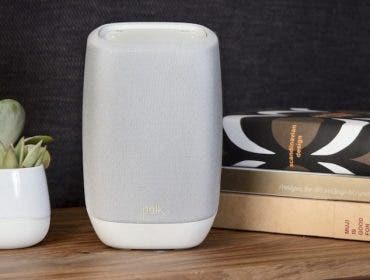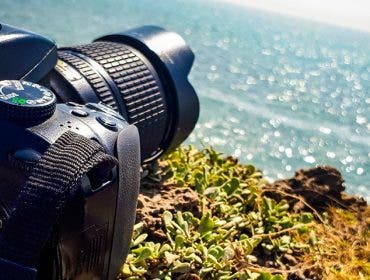A camera lens hood is a camera lens accessory that is often overlooked by beginners and even by some seasoned shooters. Many think it’s just there to make you and your gear look more professional, but this mere piece of plastic or metal that attaches to the front of your lens can make a huge difference in the quality of your images.
This article will hopefully help beginners understand lens hoods better and shed some light (pun unintended) on how lens hoods are meant to be used to improve one’s photography.
What is a Lens Hood For?
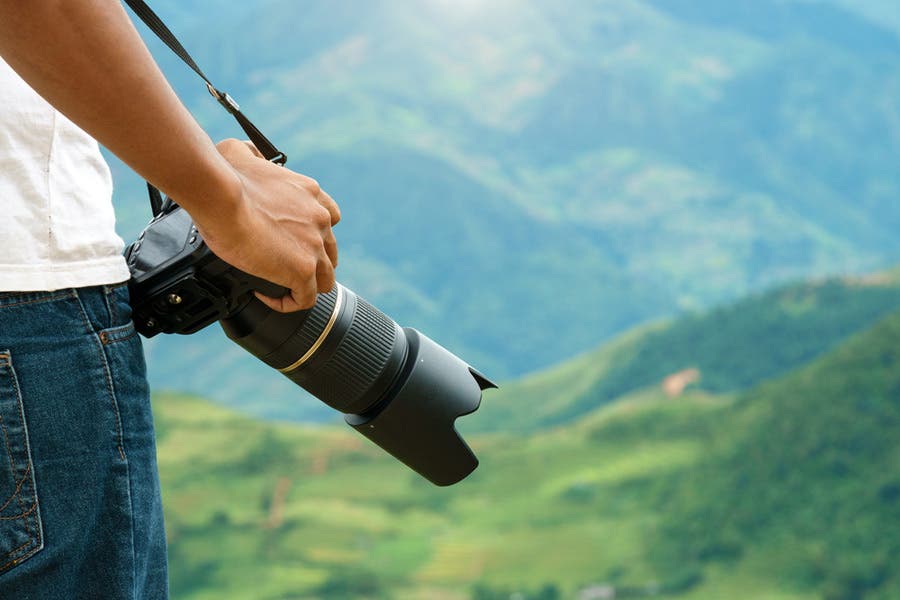
So what is the purpose of a lens hood?
There are actually several reasons why you should use one, particularly when shooting outdoors or in any shooting situation where you will be working with strong light sources. Since most types of photography essentially involve chasing light, there are many instances when a lens hood could be useful.
But for you to really understand their value, find out how a camera lens hood can work for you once you’ve attached it to your lens:
It Blocks Unwanted Light
The main purpose of a hood is to block or reduce the amount of lens flare and glare in your photos by acting like a visor for your lens. Flare and glare are types of scattered light that hit your lens from an angle (outside the frame) and makes it hard to see, like when you step out in bright light. This is more likely to happen if you’re using a low-quality filter or an old one that doesn’t have advanced anti-glare coatings.
While lens flares can serve as interesting elements in a photo, they can be distracting, especially when they end up covering your subject or most of your scene. Even when you intend to add flares, too much of it can make your image look amateurish, which is why many professionals recommend avoiding them in general with the use of a lens hood.
It Adds Image Contrast
When lens flares and strong glares hit your lens, they essentially block your view. They wash out your image and potentially even produce discolorations, thus reducing contrast and overall image quality.
With lens hoods, you can keep stray light from entering the lens and ensure that it gets a good, clear view of a scene. You can test this yourself, but make sure you use the same exposure settings in your comparison images.
It Helps Protect the Lens
An added benefit of using a lens hood is that it serves as an added layer of protection for the front lens element. Many photographers settle for camera filters or even a lens cap to protect the external lens. However, the external placement and material of lens hoods make them a better shield against accidental impacts, scratches, fingerprints, and even falling snow and debris when shooting in harsh weather conditions.
While there’s no assurance that a lens hood could keep your lens safe when you drop it, there’s still a pretty good chance that the hood will absorb most of the impact. Any shooter would rather have a cracked lens hood than a cracked front glass element. This is why many professionals would suggest that you keep it on even when you’re not worried about unwanted light.
Types of Lens Hoods
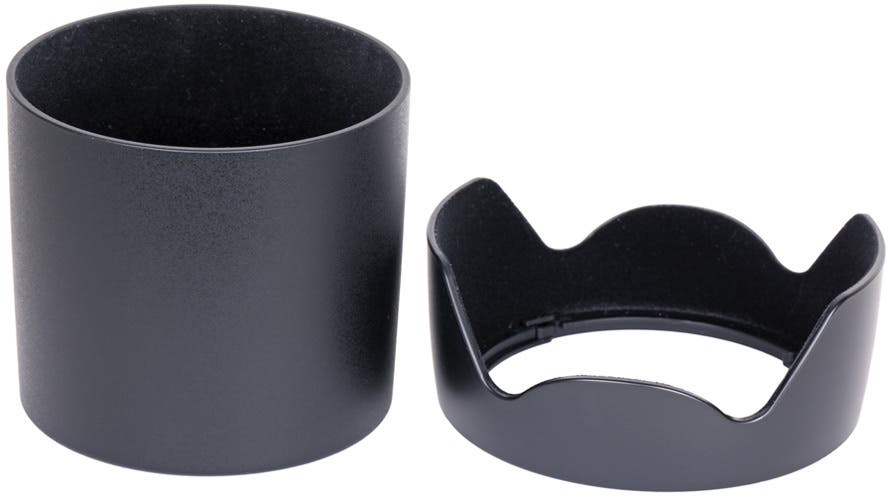
Lens hoods don’t vary wildly. They simply come in two different shapes: a cylindrical shape and a petal shape.
Cylindrical Lens Hoods
Cylindrical lens hoods generally work well in blocking stray light and protecting your lens. They often accompany a prime or telephoto lens. Although they are usually long, there’s very little risk of the hood showing up in your frame since the field of view becomes smaller when you start using longer focal lengths. You’ll also find rubber lens hoods that are cylindrical in shape and flatten towards the base when not in use.
Petal Lens Hoods
Petal (or tulip) lens hoods are uniquely designed to be shorter and have curved notches that strategically block out light while maximizing the frame size offered by a wide angle lens and full-frame camera sensors. It typically has four petals and you need to rotate them correctly so they don’t end up in your frame.
Fortunately, there’s no need to worry about which type or style of lens hood to buy. There is usually just one hood for each lens—each optimized for use with the lens’ focal length range—so you can easily ask or research about the appropriate lens hood shape for your lens.
When to Use a Lens Hood
You can use a lens hood at any time of the day and in most shooting situations. But if you must choose, remember to have them on when:
- Your subject is backlit, such as in a backlit portrait
- You’re shooting into or near strong sources of light
- You have an off-camera flash or any bright, off-camera light source that creates a lens flare
- You’re shooting at night near street lamps, cars with their lights on, buildings, etc.
- You’re doing a long shoot and there’s no time to store or put on a protective lens cap
Bottomline is, you may want to keep your lens hood mounted on your camera at all times, unless you need to save space in your camera bag and store your hoods elsewhere.
How to Use a Lens Hood
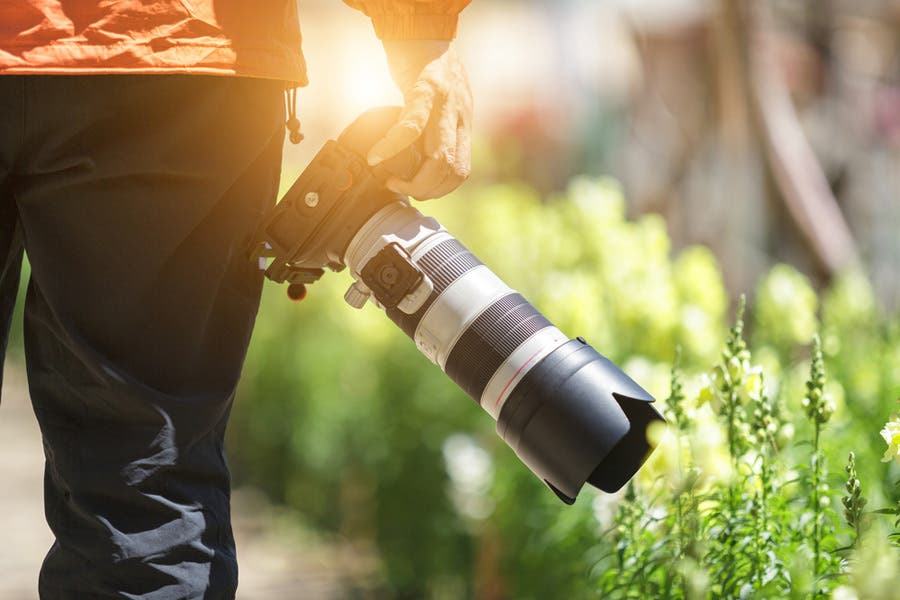
Lens hoods attach directly to the front of your lens. Simply screw it on until it’s mounted securely before shooting. When not in use, you can remove most lens hoods or mount them in reverse in order to save space.
Some photographers take all the hoods off the lenses that they’re carrying, stack them on top of each other, and store them like a long wide lens. Threading the camera strap through stacked hoods and securing them outside the camera bag also helps you clear up bag space.
Just make sure you don’t shoot with the hood in reverse. Not only will it make you look like an complete amateur, but you also won’t get to benefit from it and it might even cover part of your focus or zoom rings.
When Not to Use Lens Hoods
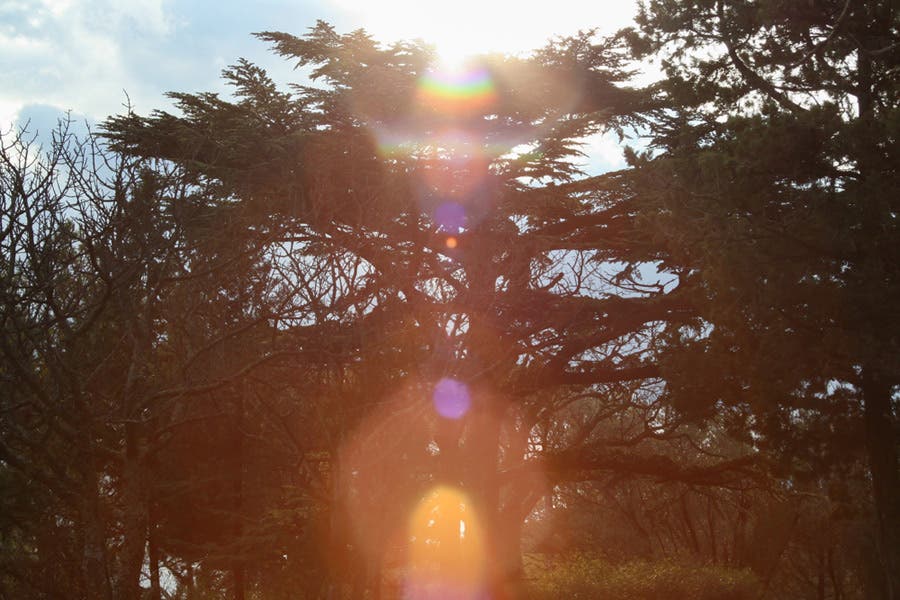
Despite all the reasons why you should keep a lens hood on, there are a few times when you may need to take it off. Here are a couple of those situations:
You want a flare effect
Flares and glares can help produce more creative images. In fact, it’s very similar to that “filtered” effect that many are trying to achieve with photo editing programs and applications. If this is what you’re trying to achieve, then go ahead and shoot hood-less!
The lens hood shows in your photos
It’s still possible for you to capture the lens hood in your photo even if you’re using one that’s specifically made for the lens that you’re using. This is commonly the case when you’re using a full frame camera with a lens that is meant for smaller camera sensor. Some lens hoods for wide-angle lenses will also show up at the widest focal length and create a black vignette around your image.
So when you see it blocking your frame, just remove them. It only takes a few seconds, anyway.
You can’t attach a lens hood
There may be times when you have to use certain filters or accessories (like a ring light) on your lens, which don’t have the right screw mounting feature for lens hoods. If the accessory is crucial for the photo that you’re trying to achieve, then just go without the hood. You can always try blocking the light manually with your free hand or a piece of black card. You can also stand next to anything that can provide shade for your lens.
The lens hood blocks your built-in flash
When using your camera’s built-in flash, there’s a possibility that the lens hood will create a shadow on your subject. In this case, just remove the hood. Or, use a detachable camera flash that doesn’t sit too closely to your lens and hood.
You want to shoot more discreetly
When you’re using very long lenses, lens hoods can attract a lot of unwanted attention. It can be counterproductive if you want to shoot candids out on the street, at an event, or at family gatherings. Journalists and street photographers blend into the crowd better with smaller cameras and a prime lens — without lens hoods.
The lens hood is catching in the wind
Finally, if you’re shooting where it’s very windy, it’s possible for your lens hood to catch the wind and cause the camera to shake, resulting in blurry images. Don’t make the mistake of using a lens hood when you’re using a telephoto lens (even when it’s on a tripod as the entire thing can go out of balance) or when you’re shooting from an airplane or helicopter.
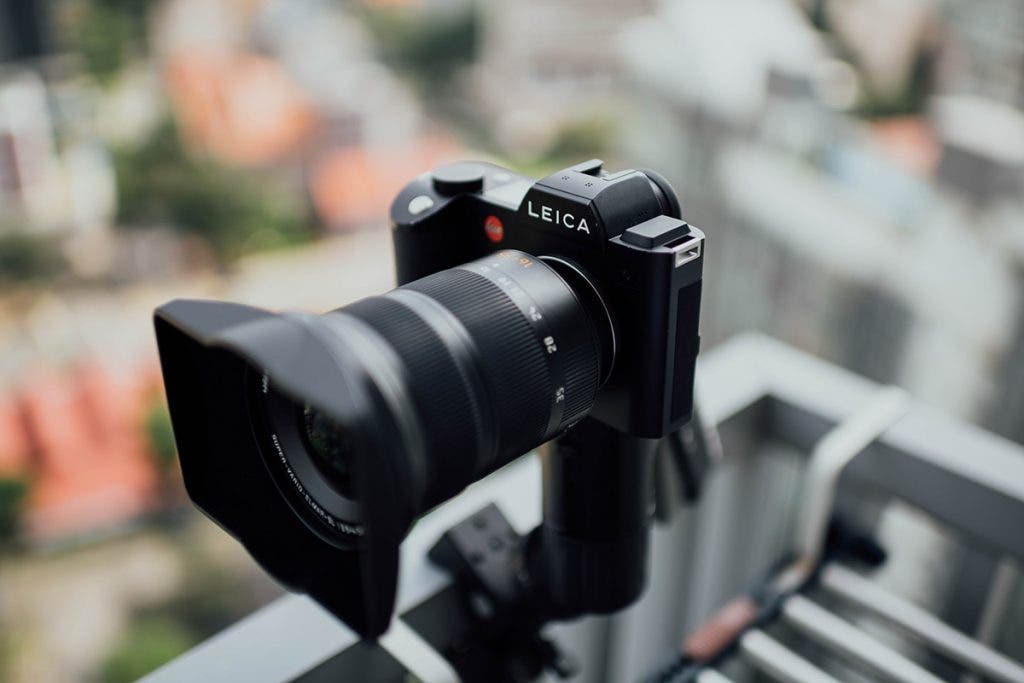
Camera Lens Hood Frequently Asked Questions
In some instances, you can use a UV filter with a lens hood at the same time, but not always. Some lenses, like the Canon RF 100-500mm f/4.5-7.1 L IS USM work while using a UV filter and even have an opening hatch to allow you to adjust your UV filter.
It can also depend on what kind of UV filter you use. If you are using a circular filter, you have a better chance of it being compatible with the lens hood. But if you are using a square, clamp-style, UV filter, you will not be able to use a lens hood with it.
Square lens hoods are used for shooting with ultra-wide angle lenses. These lens hoods are generally shorter than other hoods and curve to block out any light that a normal wide angle lens might let in. These hoods must be put on at a particular angle in order to work correctly and will allow you to photograph without worrying about vignetting.
Using a lens hood will prevent lens flares and unnecessary light from reaching your frame, creating a more dynamic and vibrant composition. Lens hoods can also prevent your glass from getting scratches, water, or dirt from the elements.
Measuring a lens hood should be very simple. Most, but not all, lenses will have a label at the end of the hood such as “62mm”. This is the ring size of that particular lens and will allow you to accurately purchase the correct lens hood.
But it is not only the circumference of the hood that matters. You also want to make sure that the length of the hood doesn’t interfere with your photos. Make sure the hood you get doesn’t cause any unnecessary vignetting and that you can’t see the hood in your frame. Normally, camera brands will give you info on what exact lens hood you will need for your lens.
Generally, you should not use a lens hood with a flash. The lens hood can prevent your flash from properly exposing the lower half of your photo. Especially if you use a wide angle, or a particularly more prominent lens hood. There are some cases where you can get away with it in an indoor setting, where the light from the flash can bounce off the walls to give you an even exposure. However, in general, it is best to avoid using a lens hood and flash simultaneously.
As long as the lens hood fits and matches your lens’ thread size, you can use it. You need to make sure that the lens hood doesn’t cause any unnecessary vignetting and isn’t intruding on your frame.
Circular lens hoods are a safe bet in any situation, and are a photographer’s go-to. Petal lens hoods aren’t as intrusive on your frame and are most likely to be used with wide angle lenses. Another great option for an ultra-wide lens is the square lens hood. A basic rule of thumb to follow: the longer the focal length, the longer the lens hood.
